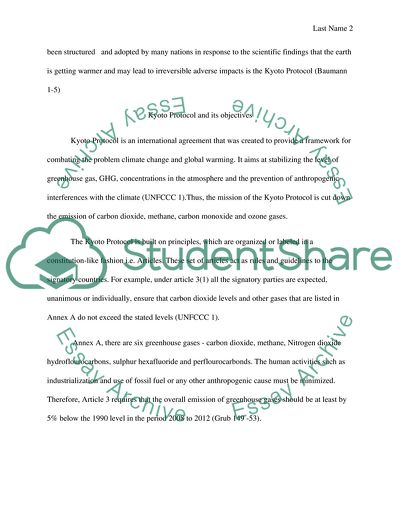Cite this document
(Greenhouse Gas Emission the Greatest Contributor to the Climatic Changes Research Paper Example | Topics and Well Written Essays - 1500 words, n.d.)
Greenhouse Gas Emission the Greatest Contributor to the Climatic Changes Research Paper Example | Topics and Well Written Essays - 1500 words. https://studentshare.org/physics/1762637-physics-research-paper
Greenhouse Gas Emission the Greatest Contributor to the Climatic Changes Research Paper Example | Topics and Well Written Essays - 1500 words. https://studentshare.org/physics/1762637-physics-research-paper
(Greenhouse Gas Emission the Greatest Contributor to the Climatic Changes Research Paper Example | Topics and Well Written Essays - 1500 Words)
Greenhouse Gas Emission the Greatest Contributor to the Climatic Changes Research Paper Example | Topics and Well Written Essays - 1500 Words. https://studentshare.org/physics/1762637-physics-research-paper.
Greenhouse Gas Emission the Greatest Contributor to the Climatic Changes Research Paper Example | Topics and Well Written Essays - 1500 Words. https://studentshare.org/physics/1762637-physics-research-paper.
“Greenhouse Gas Emission the Greatest Contributor to the Climatic Changes Research Paper Example | Topics and Well Written Essays - 1500 Words”. https://studentshare.org/physics/1762637-physics-research-paper.


